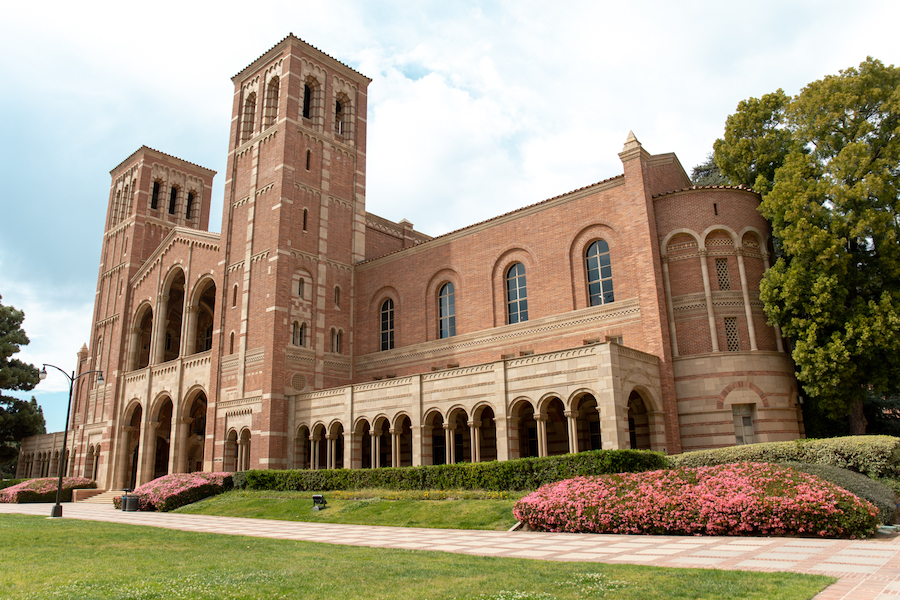Genome and Protein Engineering HA 2023
November 19, 2022 2022-11-24 12:47Genome and Protein Engineering HA 2023
Course Available in: Santiago, Chile
Genome & Protein Engineering
Less than a hundred years ago, scientists did not yet know the structure of DNA nor the mechanisms of how DNA ultimately results in proteins and other essential processes in biology. The fields of molecular biology and biochemistry have exploded in the past several decades, and now scientists are increasingly able to do the previously unimaginable: directly edit DNA sequences in living organisms & engineer new and improved proteins to help study and treat disease and foundational questions in biology. This course will review the fundamentals of genome science, protein biochemistry, and related emerging technologies and opportunities. Some of the hands-on, interactive activities will include: Building hands-on models of the building blocks of life (that you can take home!): DNA, RNA, and proteins; reading original literature about the history of DNA editing; hearing interviews from leading research scientists, and debating applications to the modern biomedical community; demonstrating how a glow-in-the dark protein (GFP) can be mutated to change its function in the environment, with a hands-on laboratory; virtually designing and editing your own protein using cutting-edge bioinformational tools, for a biotechnical problem of your choice; and engaging in a final capstone protein in small groups or individually about the ethics of genome or protein editing—helping you gain confidence in the content you learned and scientific communication. By taking this course, students will be prepared to pursue a research career in bioscience or become a better doctor with an understanding of the future of medicine.
Calendar:
January 16 – 27, 2023 (Monday to Friday)
Schedule:
From 9:00 am to 3:30 pm
Location:
In-person in your country

Ana Lyons
PhD, University of California, San Francisco, UC Berkeley, & MIT
Ana Lyons is a postdoctoral neuroscience researcher working at the University of California San Francisco to discover how the brain works in the microscopic animals known as "water bears" or tardigrades. Tardigrades are the smallest (and cutest) animals known to science to have legs and eyes, and tardigrades' transparent bodies allow for us to genetically modify them to visualize how their cells communicate with one another. Ana recently graduated from UC Berkeley with a PhD (studying how tardigrades survive cold and freezing), and she earned a degree in Biology and Philosophy from MIT in 2012. Before obtaining her PhD, Ana worked as a middle school science teacher in New York City for several years. The highlight of Ana's research career was spending several weeks in Antarctica, looking for tardigrades in and around the glaciers and sea ice. In her spare time, Ana enjoys film photography, spending time in nature, and chilling with her cat Alfie. Ana has a passion for making science more welcoming and inclusive, especially for people with disabilities and learning differences.


